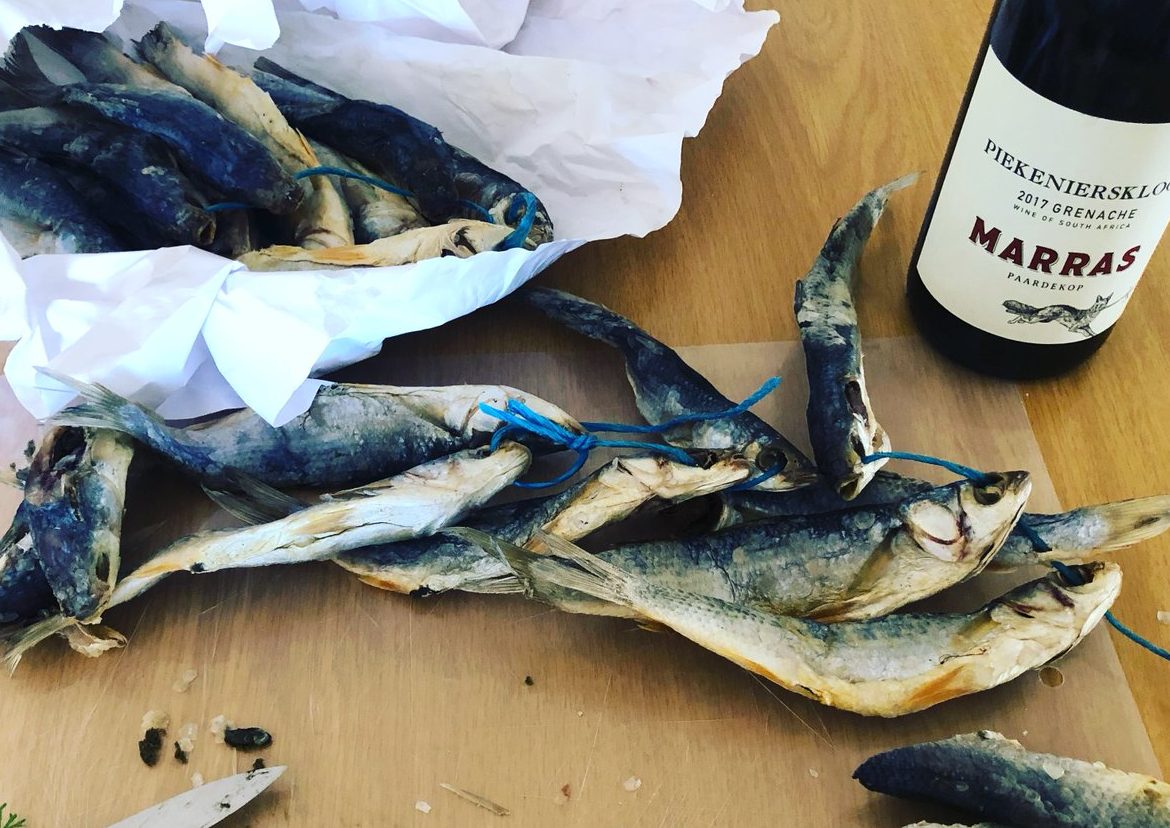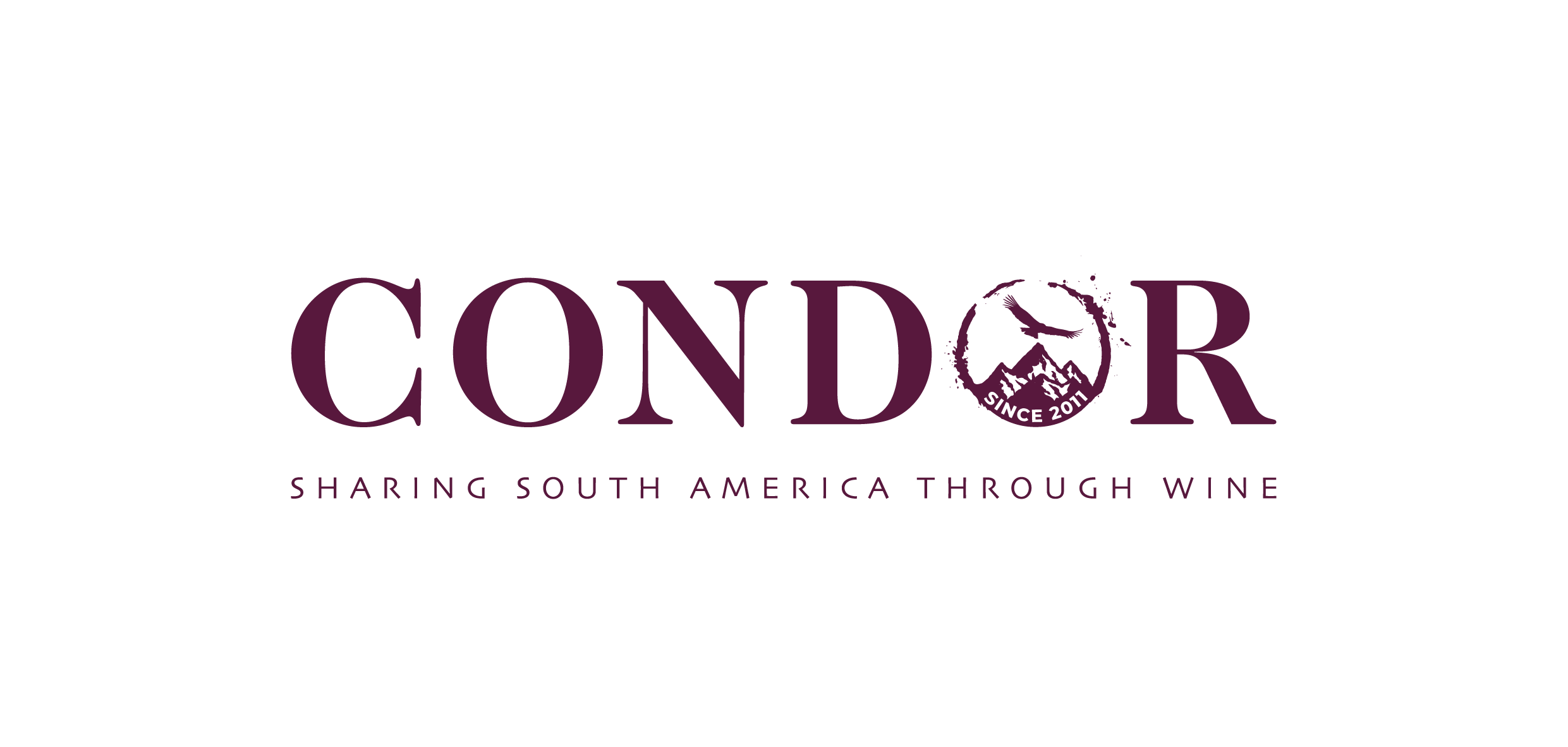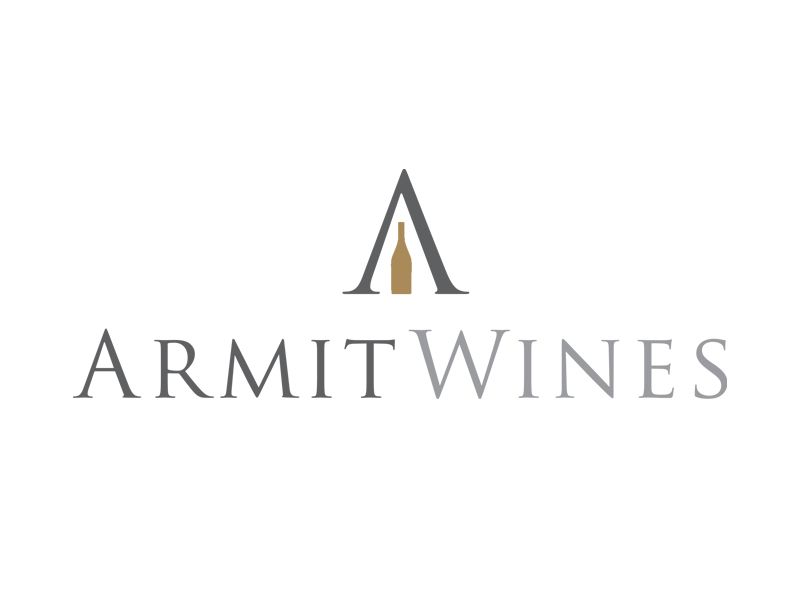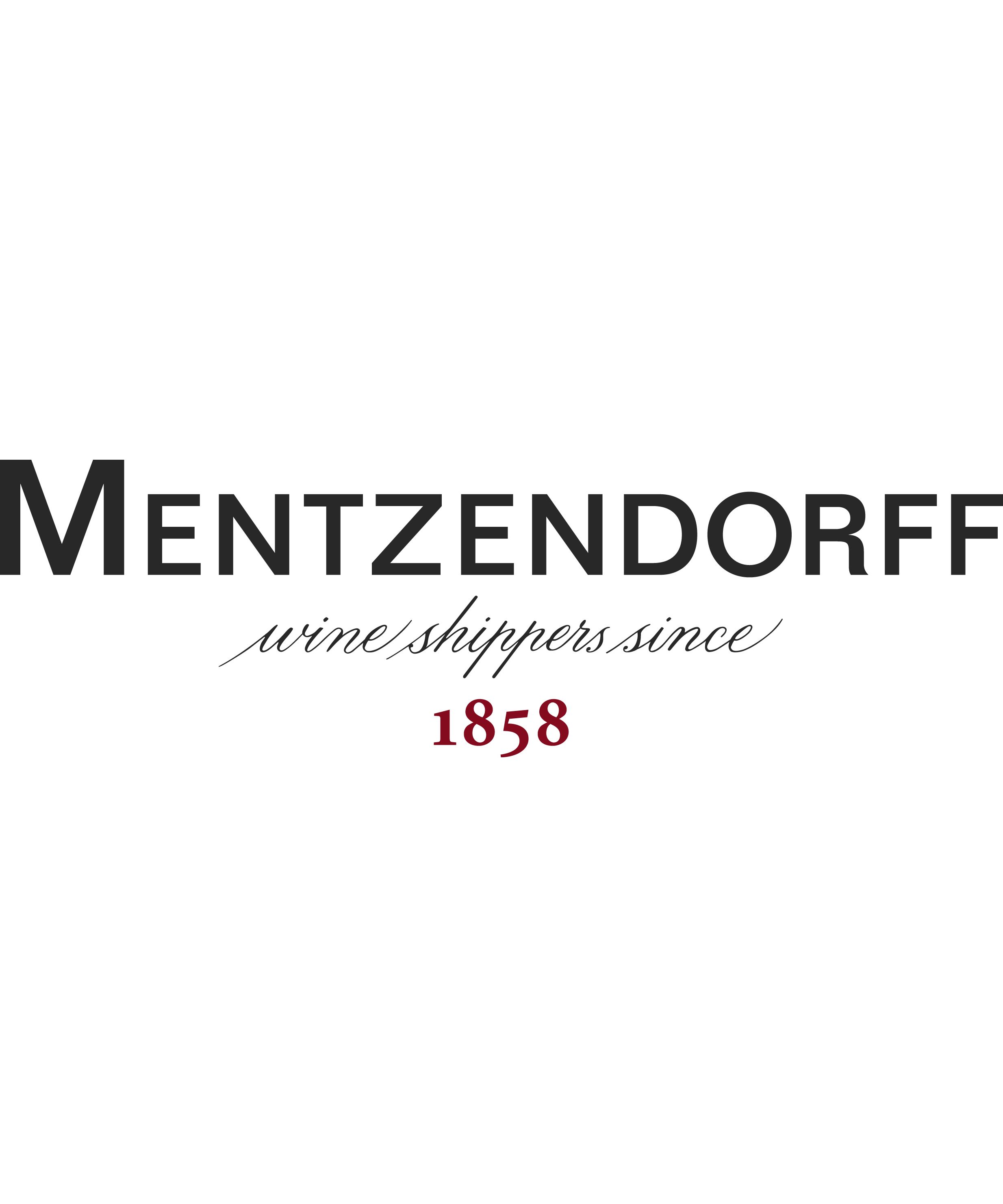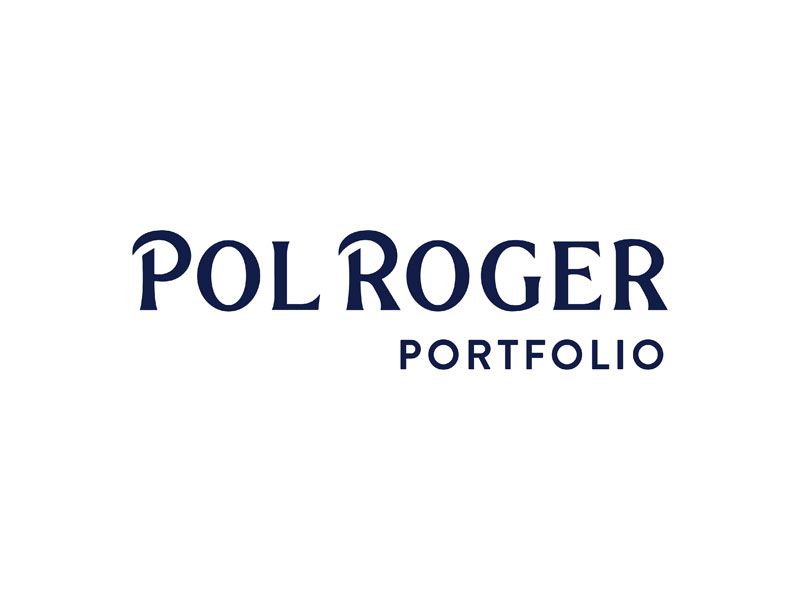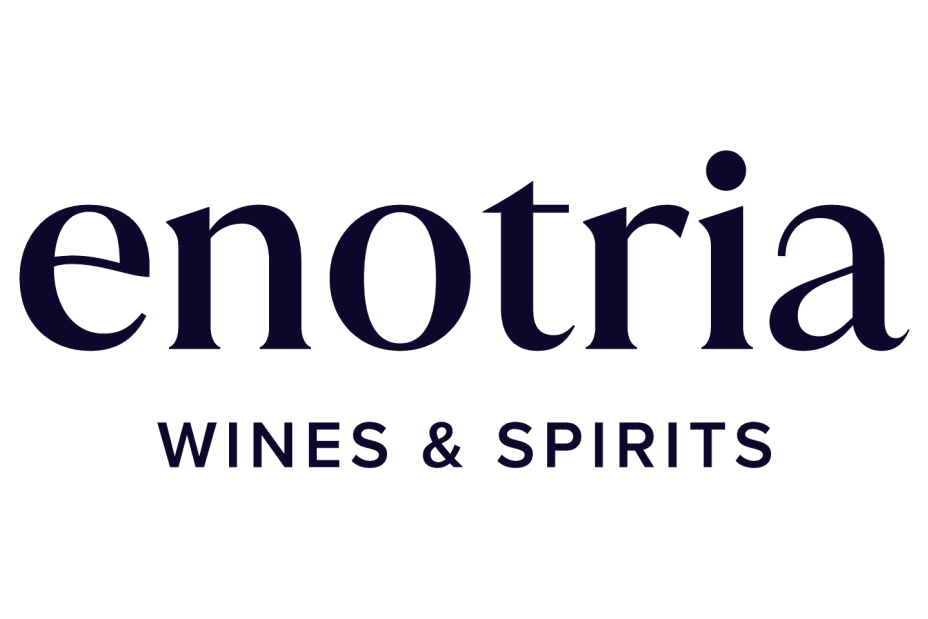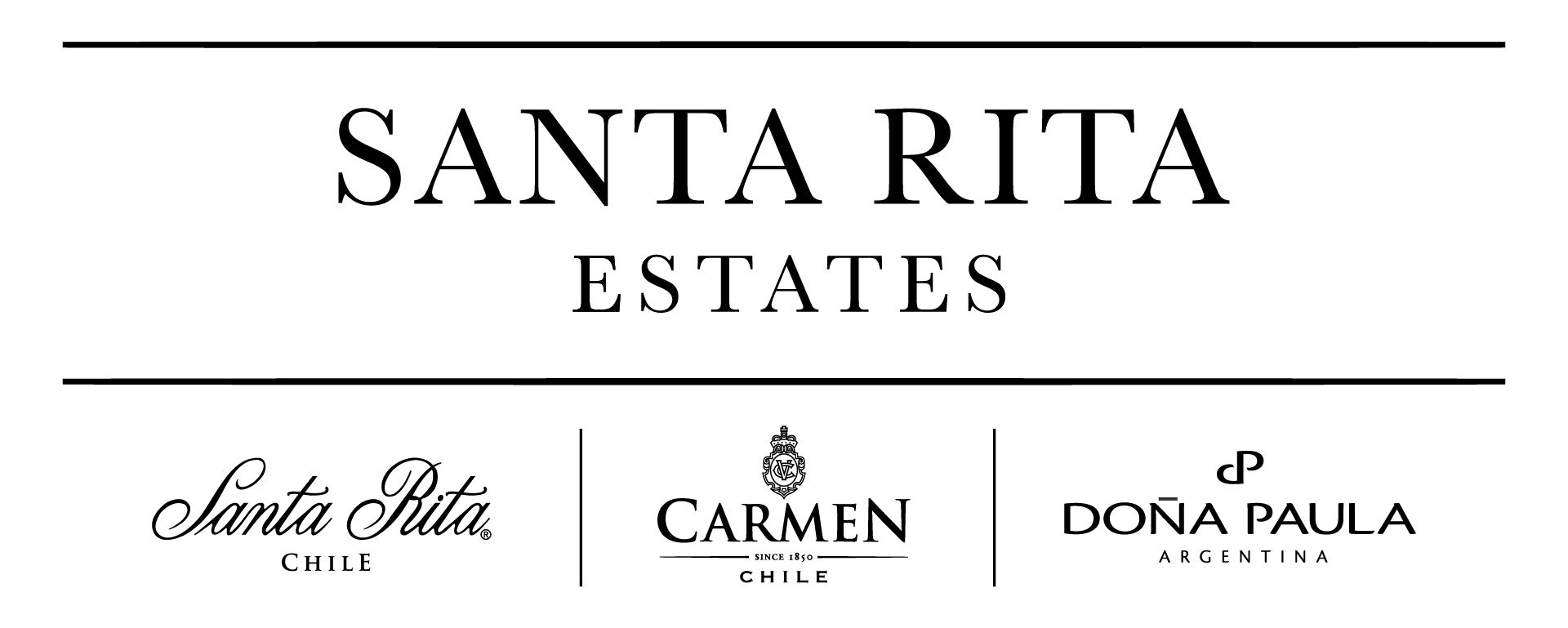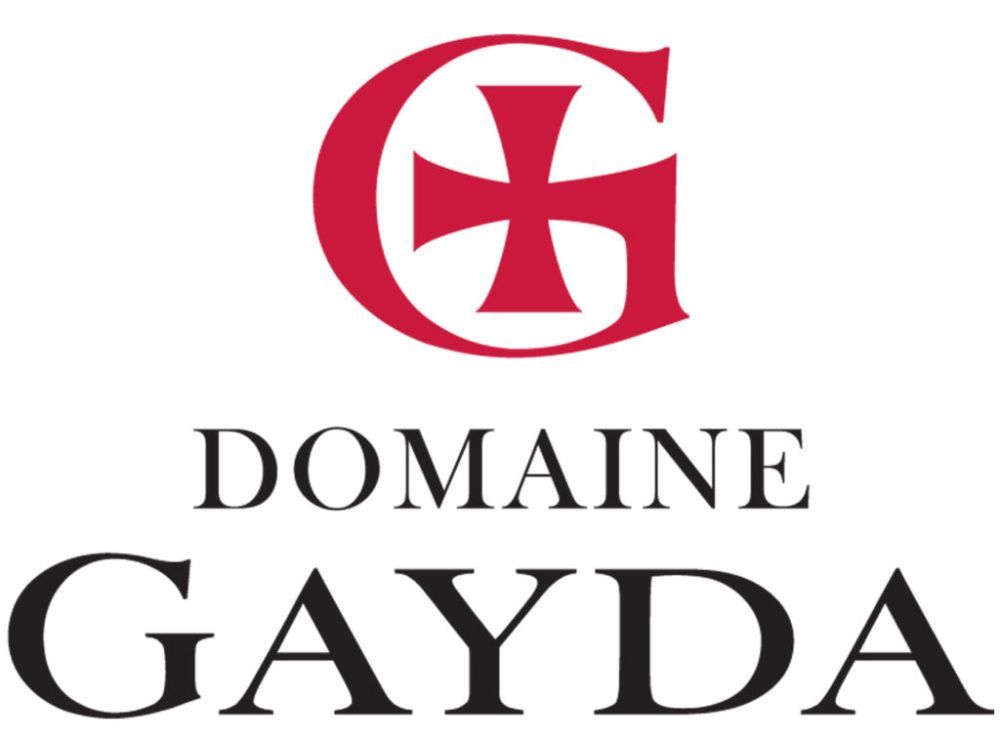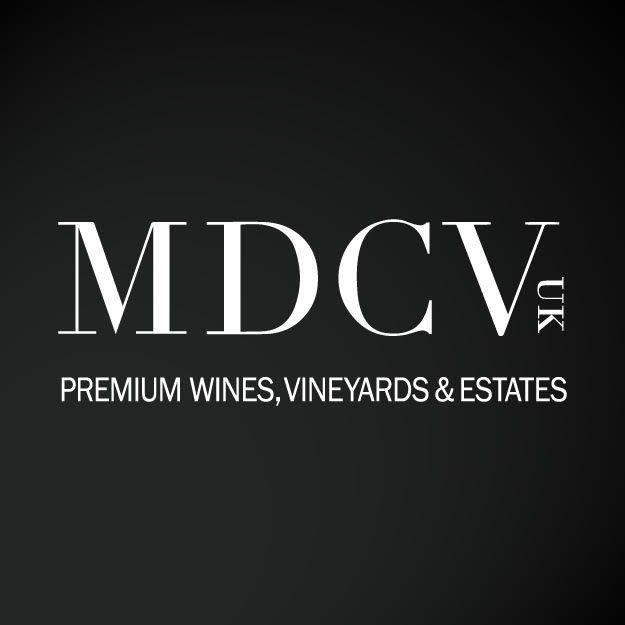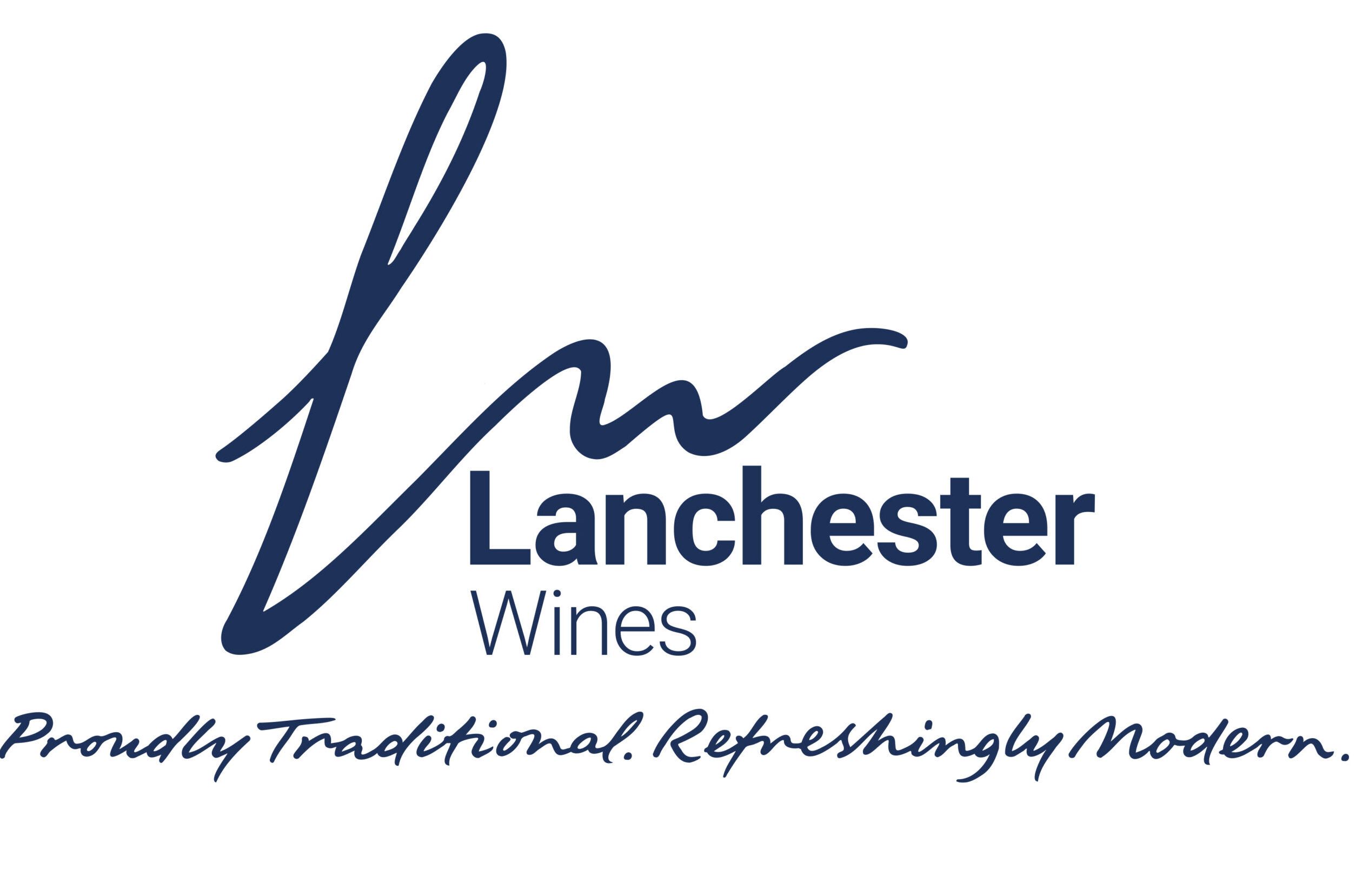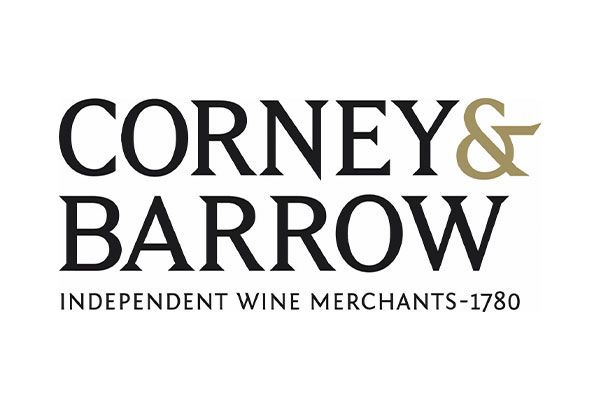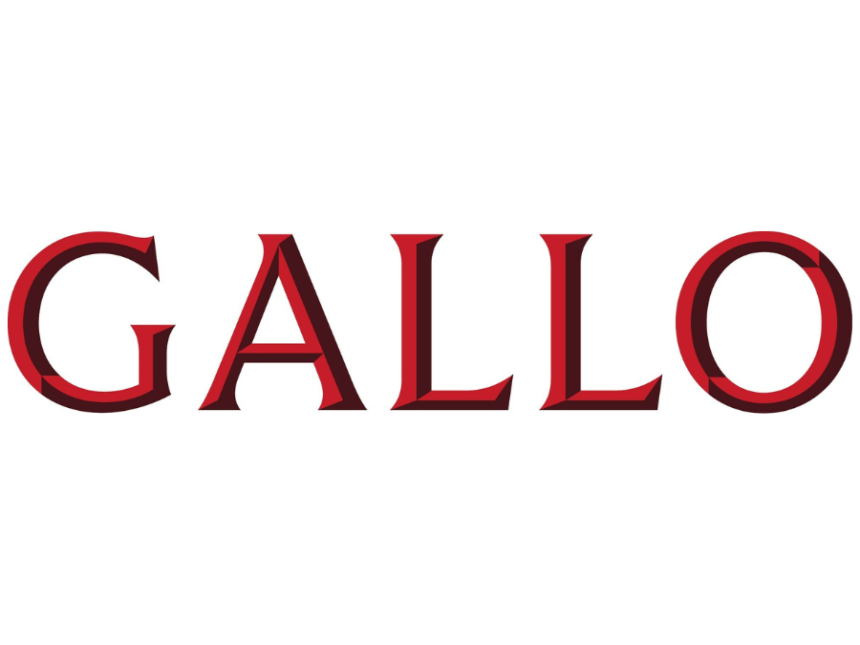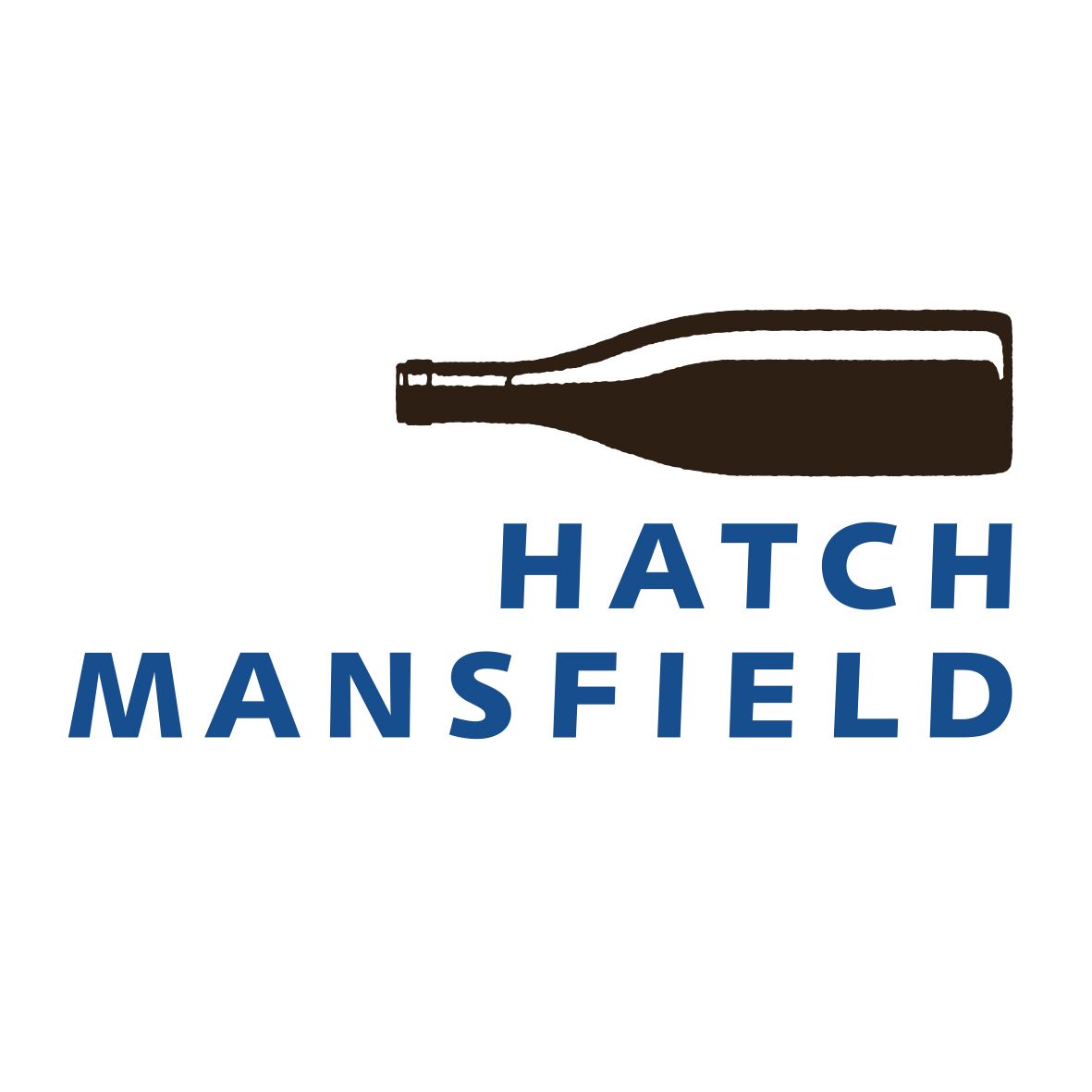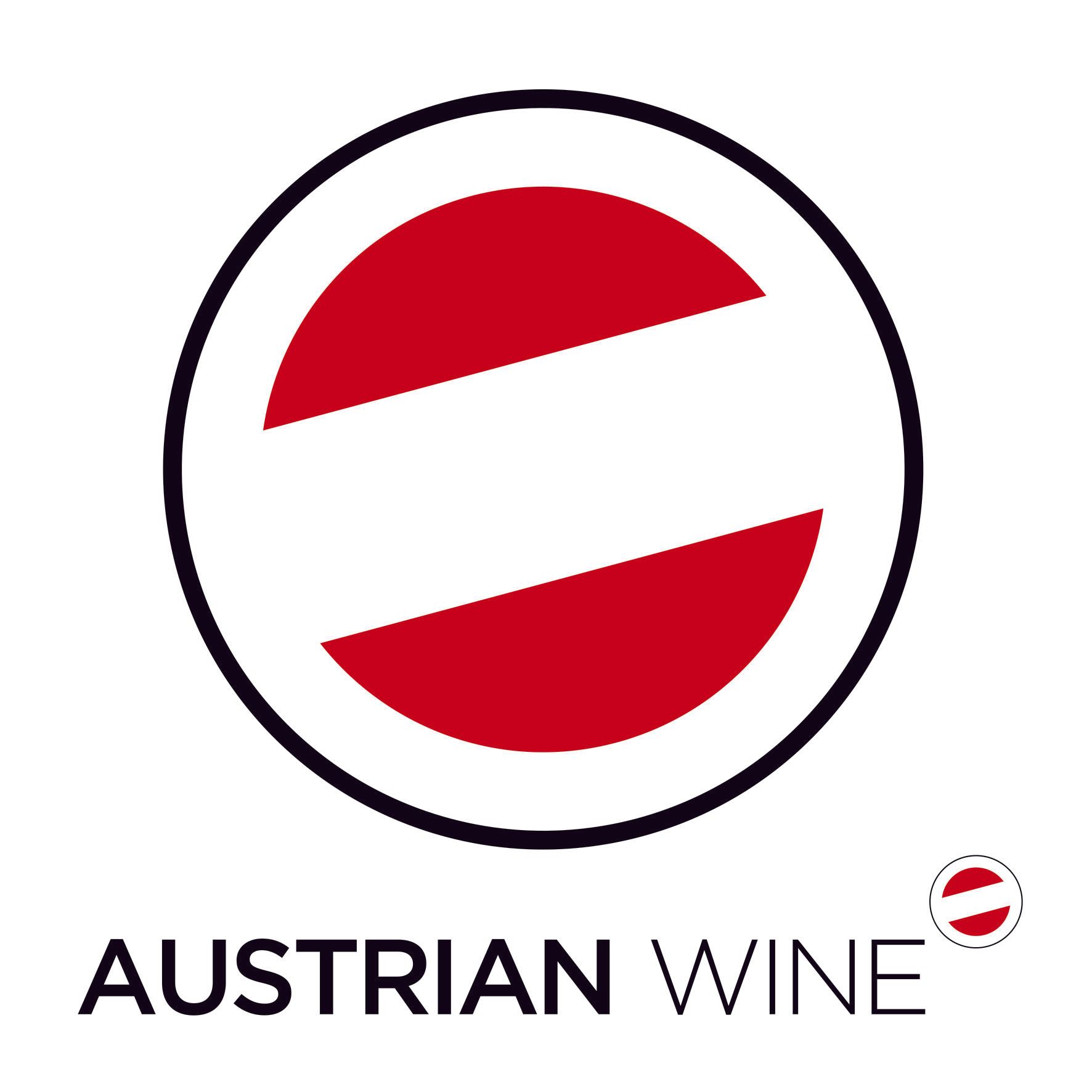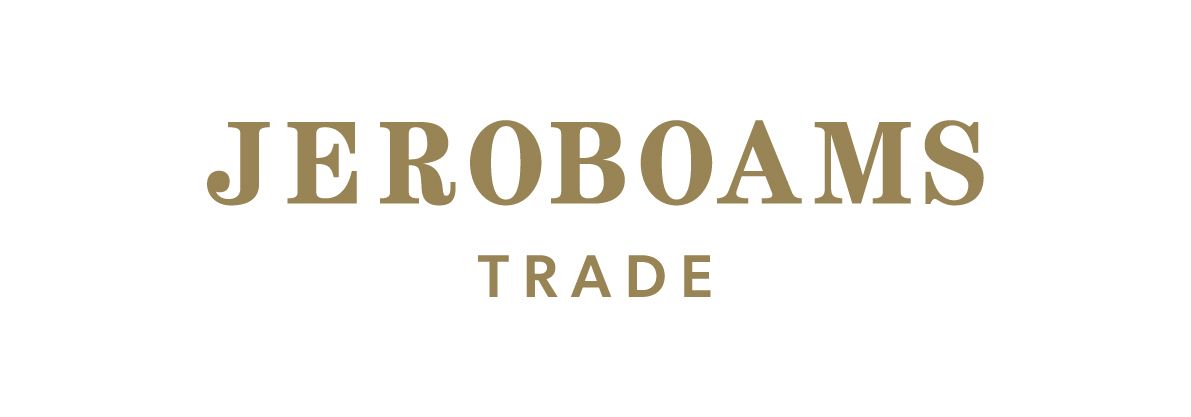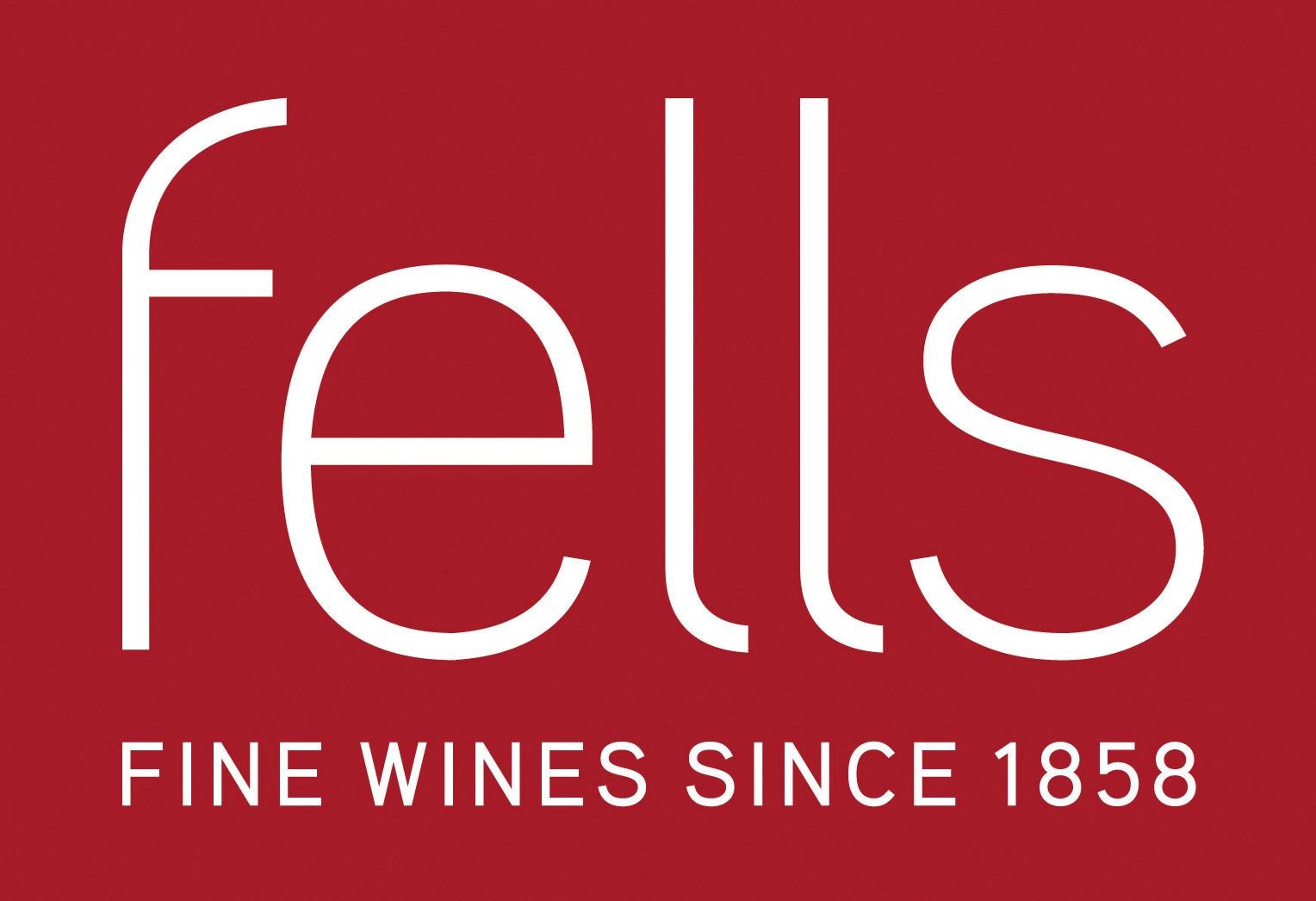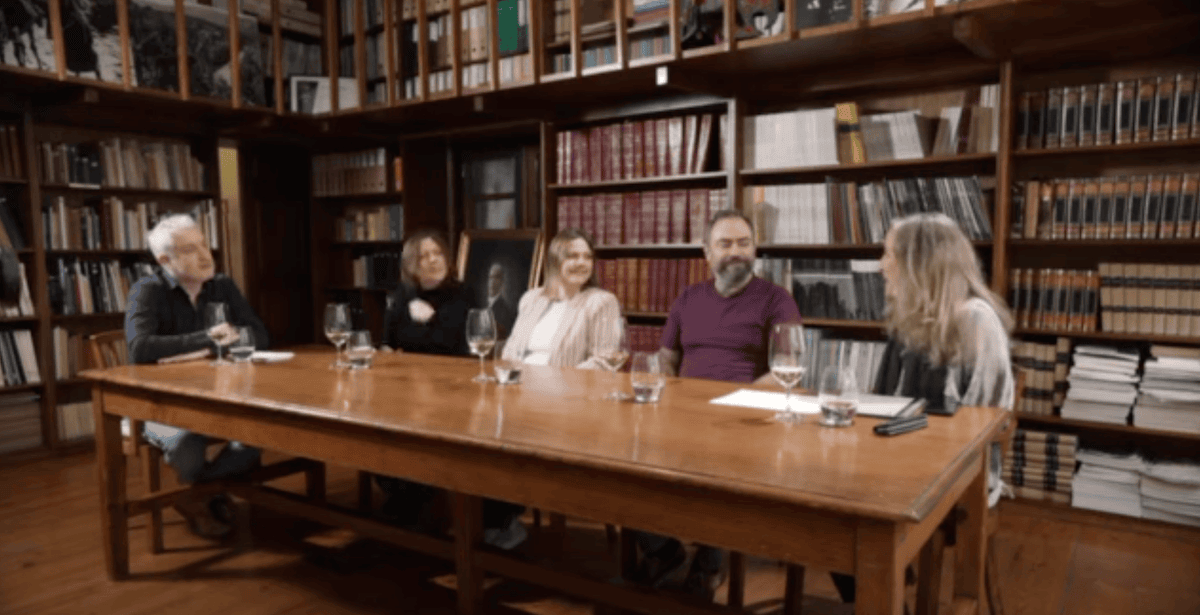They might be in three different parts of the world but the winemakers, Nuria Altés from Herencia Altés, Martin Lamprecht from Marras Wines and Guillaume Long of Domaine Fond-Croze are all focused on making their distinct style of Grenache. Chris Wilson was at the Bancroft Wines annual tasting to hear what they had to say.
Masterclasses at importer and generic tastings are all the rage, and it’s easy to see why. They add focus to an event that can otherwise be overwhelming in its scale and sheer number of different and disparate wines on show. Perfect, then, for time-poor members of the trade and press, and a great way for an importer to add a bit of education to the day and crystallise their philosophy in front of a captive audience.
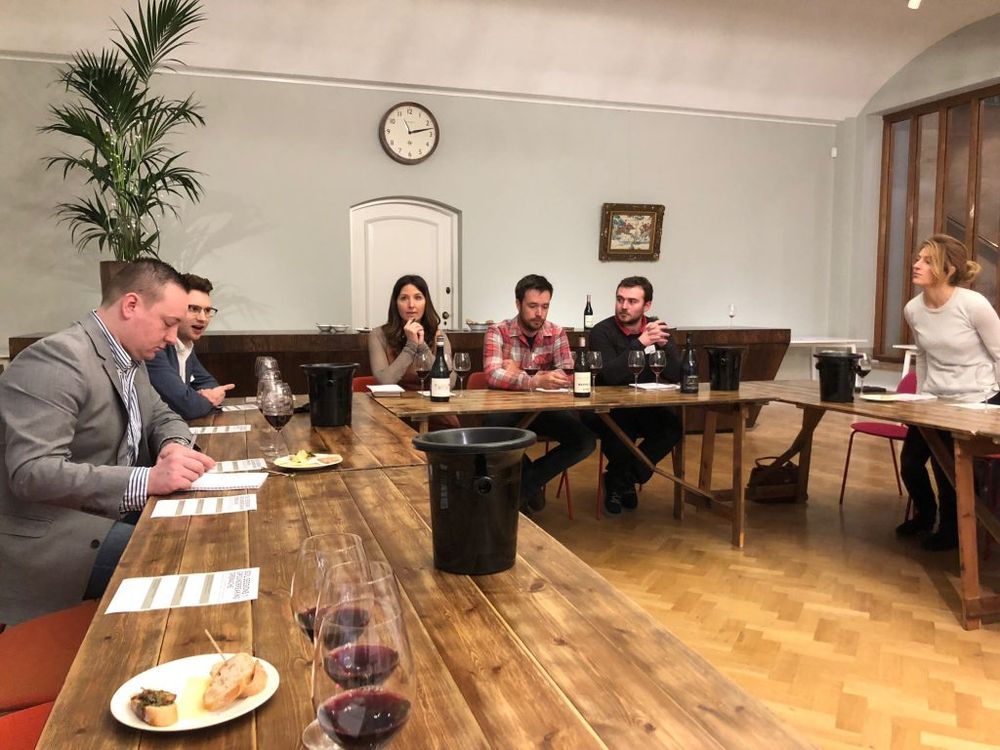
The Grenache masterclass at the Bancroft tasting, London, February 2018
Last week it was the turn of London-based importer Bancroft to shine a light on its portfolio at its annual spring tasting. With 40 producers in the room pouring hundreds of wines between them there was plenty to offer, and some stunning wines from Champagne to Calistoga.
The ‘added extras’ on the day included a cleverly-curated free pour table, a sneak preview (via tank sample in some cases) of some 2017 European rosés, a blind tasting quiz and two masterclasses.
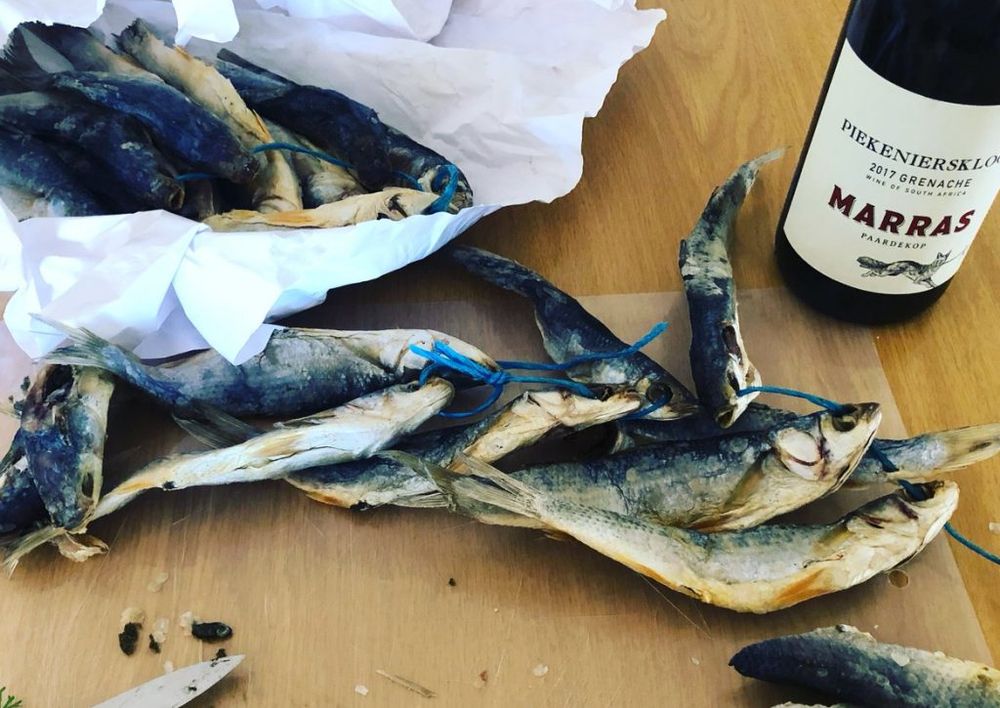
Martin Lamprecht’s Twitter feed showed how he was experimenting with food/ wine matching in readiness for the Bancroft tasting
Labelled The Soil Sessions, the masterclasses focussed on ‘Ground-breaking Grenache’ and ‘Demystifying Organics’ and were informal, producer-led discussions. I attended the Grenache session which saw producers from Spain, South Africa and France present wines paired with food from the region they represented.
To be honest, while the food was a great addition (a curl of cheese or fishy cracker is always welcome when tasting Grenache) and worked well with the wines, the chance to hear three producers discuss their approach to growing and making Grenache in different parts of the world was the highlight.
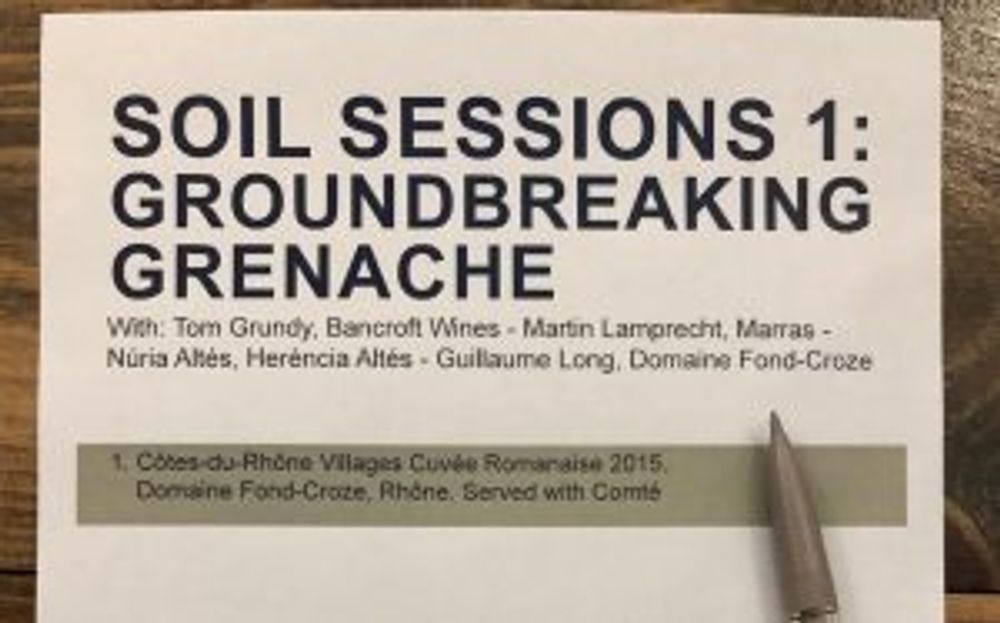
Nuria Altés from Herencia Altés makes wine in the Terra Alta DO in Catalonia, where Grenache is a key variety and has been for centuries. “It’s an ancestral variety in Terra Alta, it was planted in the 15th century,” she says, and believes that the unique clay and chalk soils of the region as well as the weather play a huge part in its success.
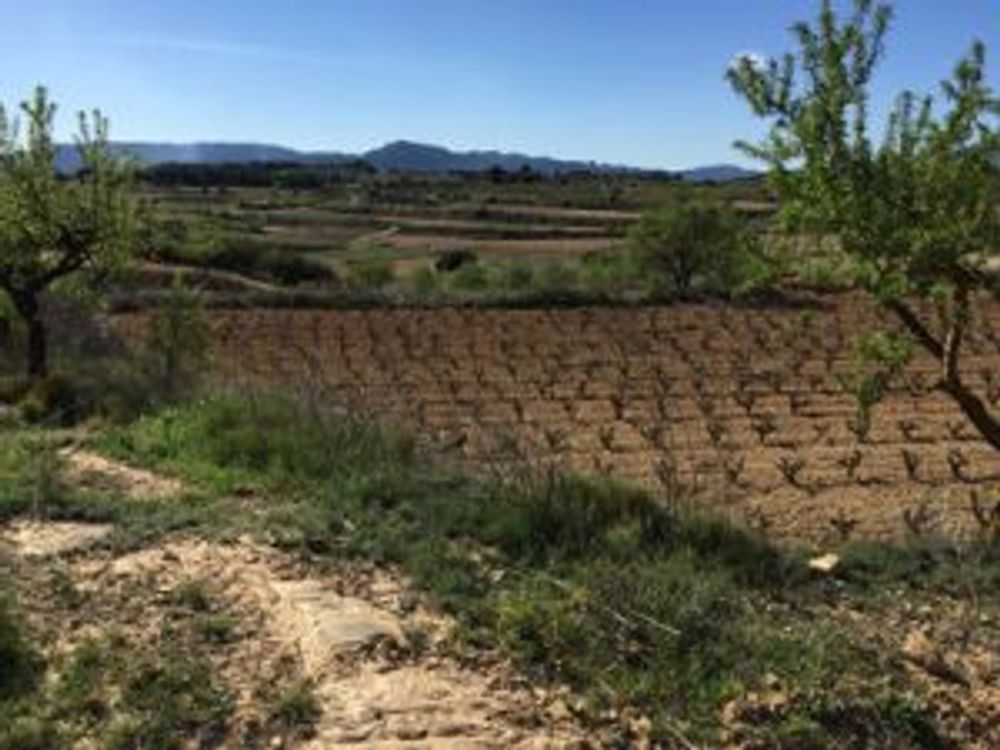
Vineyards at La Sierra Xalamera
The vineyards here are battered by a dry wind from the north during the day and a fresh cooling wind from the sea at night which in summer helps to cool the vines and retain acidity in the grapes. The Grenache vines have generally low-yields and ‘self-regulate’, which Altés describes as being able to produce quality fruit each year, the yield of which is dependent on the growing conditions of that season. In contrast, other varieties often produce the same yield each year of differing quality, reflecting poor conditions in the grape quality.

Nuria Altés from Herencia Altés, Martin Lamprecht from Marras Wines, Guillaume Long of Domaine Fond-Croze (from left)
Martin Lamprecht from Swartland’s Marras Wines agrees. He tells us that even in years when other varieties struggle, he can always rely on the quality and virility of his Grenache. He gives 2018 as an example, citing the much-discussed drought in the Western Cape. Before he came to the UK he was in the vineyards and could spot the Grenache vines a mile off because they looked green and lush and healthy while others in adjacent plots were withered and weak.
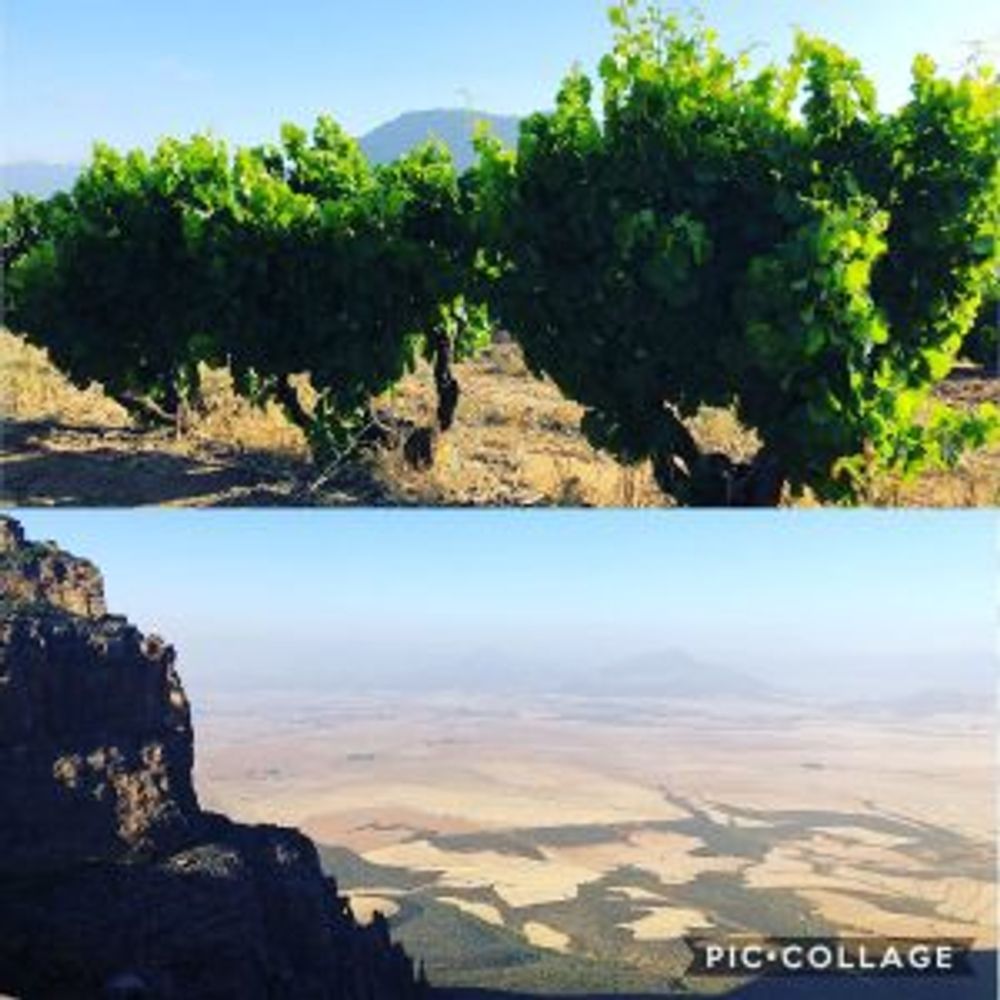
Marras’s healthy Grenache two weeks ago in the midst of a drought and (below) an idea of the altitude of the Piekenierskloof region, February, 2018
The wine he is showing at the masterclass is from Piekenierskloof, which directly translates as ‘pike man’s ravine’, it’s a two-hour drive from Cape Town in the direction of Namibia and borders the Swartland region. “It’s on the west coast so the incredible thing is the altitude,” he says, “if you drive out of the Swartland region to Piekenierskloof you will go 800m higher.”
This altitude twinned with the soils of the region – “decomposed granite, old soils, deep soils which gives the Grenache roots of incredible depth which in turn gives them vitality in these dry conditions” – means the fruit has a truly unique character. Long hang time, which adds structure and helps with the phenolic ripeness, and a maritime influence offering warm day temperatures then cool evenings and mornings help complete the picture. “The grapes have the opportunity to ripen over a long period which gives the wine a nice silky, smooth, phenolic balance,” says Lamprecht.
As you can imagine terroir is just as important in the Rhône Valley as it is in the Cape, and Guillaume Long of Domaine Fond-Croze is quick to hammer home the importance of geography and aspect to the quality of his Grenache.
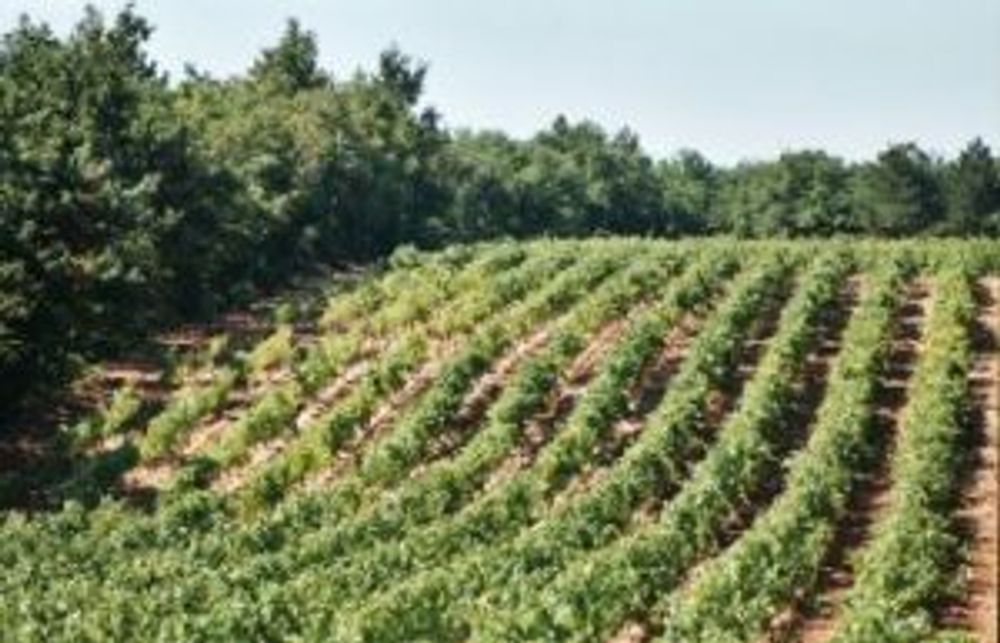
Grenache vineyards at Domaine Fond-Croze, Rhône Valley
“It’s very important that you understand the terroir, because when you have grapes on the mountain or in the plain you have very different terroir,” he says. “We are in the south of the Côtes du Rhône, we are based on a little mountain and the majority of our vineyard is on the north of the mountain where the vines get the shade of the mountain for 2-4 hours per day, which helps maintain acidity in the wine.”
This retained acidity in the fruit translates to balance in the wine, which is crucial to Grenache as it’s a thin-skinned, large-berried variety with a tendency to produce ripe, high alcohol wines. Without controlling the pH of the juice the wines can become jammy and flabby and unbalanced.
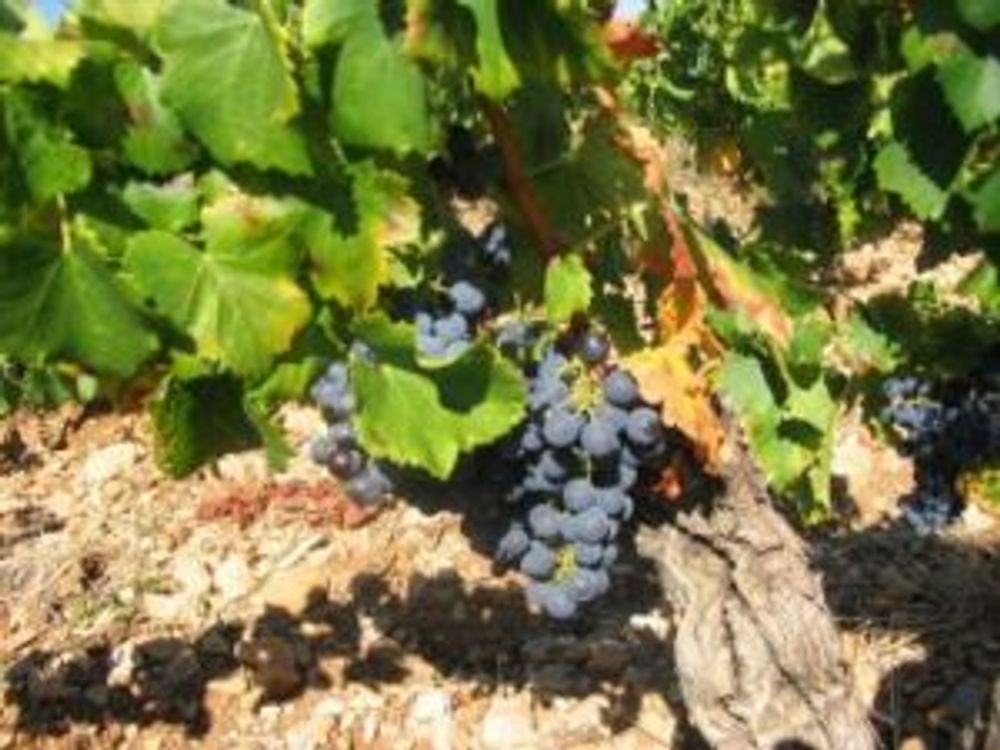
Grenache vines at Domaine Fond-Croze
“The Grenache is an amazing variety because when the sun gets to the grapes the alcohol can be high, but if you manage the acidity you have a strong wine with concentration and colour and balance,” says Long. “Some come in at 17% ABV before being blended, but you wouldn’t know it when tasting in the winery.”
In pursuit of balance: acidity and ripeness
In the Terra Alta the vineyards can be even warmer than in the Rhône producing riper grapes with higher potential alcohol, but this isn’t something that fazes Altés. “Alcohol for me is not a problem, you cannot run away from that because you need the sun to be ripening well,” she says.
“The secret for me is the acidity – because we have the balance in our wines between acidity and alcohol. Because of the terroirs and the winds and altitude we can achieve that balance. Another secret is to serve the wine a little bit cool and fresh,” she adds.
Lamprecht’s secret is to taste in the vineyard every day and pick at the right moment, and that is not necessarily when the sugar content of the fruit reaches a certain level. “When I’m on site tasting the fruit I’m looking for flavour development so I wouldn’t say I wait for high sugar before I pick but the site gives me tremendous fruit characters early which triggers me to pick the grapes,” he says.
“My philosophy working with this particular site is to catch that fresher spectrum of Grenache, I’m trying to showcase that specific site – the fresh breeze, almost the saltiness from the ocean. For me, when Grenache develops, you lose that finesse when working with the riper styles.”
As well as having the propensity to produce unbalanced wines with high alcohol, another obstacle for Grenache is its tendency to oxidise quickly in the winery.
“Because of its low anthocyanin and low phenolic compounds it’s very easy for it to go oxidative,” says Lamprecht, “so I try to not work the grapes too much and have shorter periods of maturation in larger 500L barrels which slows down the development process. I keep the barrels topped up, keep it away from oxygen to retain a bit of freshness, which adds finesse to the wine.”
Guillaume Long puts it rather more bluntly. “When we start the winemaking we start the war with oxygen,” he says.
This is a brilliant example of what the masterclass brought out – the idea that in three very different parts of the winemaking world there’s a common thread of process and practice when it comes to making quality Grenache. All three winemakers are faced with similar challenges when working with this grape and overcome them in varying ways to produce fruit and wine that showcases the quality, potential and adaptability of Grenache.
The Wines
All three are exceptional and diverse examples of Grenache. Consistent in their fullness, balance and purity, and showing different fruit and tertiary development dependent on soil, growing conditions, climate, age of vines and age of wine.
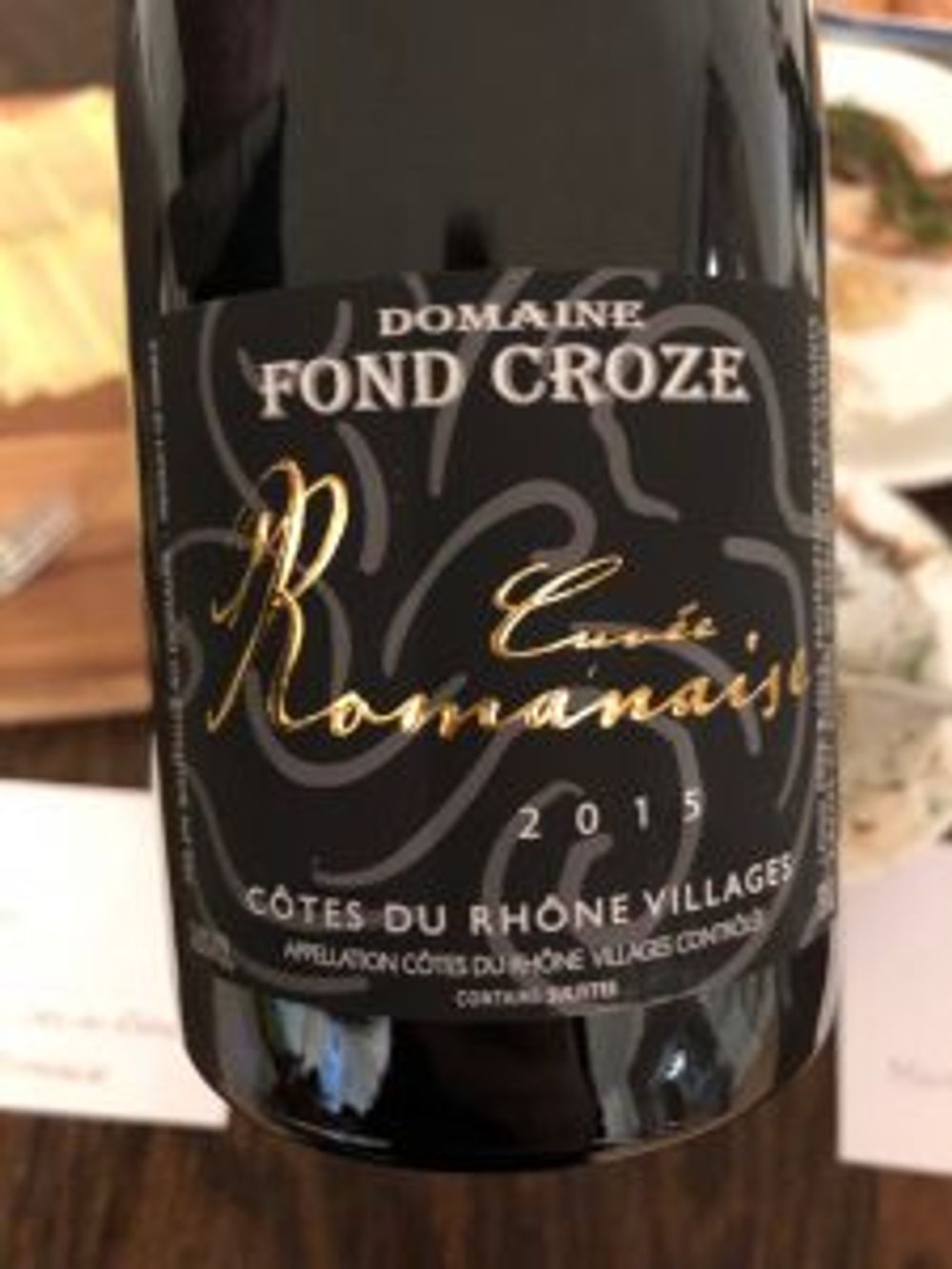
Domaine Fond Croze, Côtes du Rhône Villages Cuvee Romanise, 2015
Earthy with mineral and wet stone, red fruit and pink peppercorn characters. It’s long and lush on the palate – you expect rusticity but don’t get it, rather this is so silky and poised almost like a good Burgundy in feel and balance.
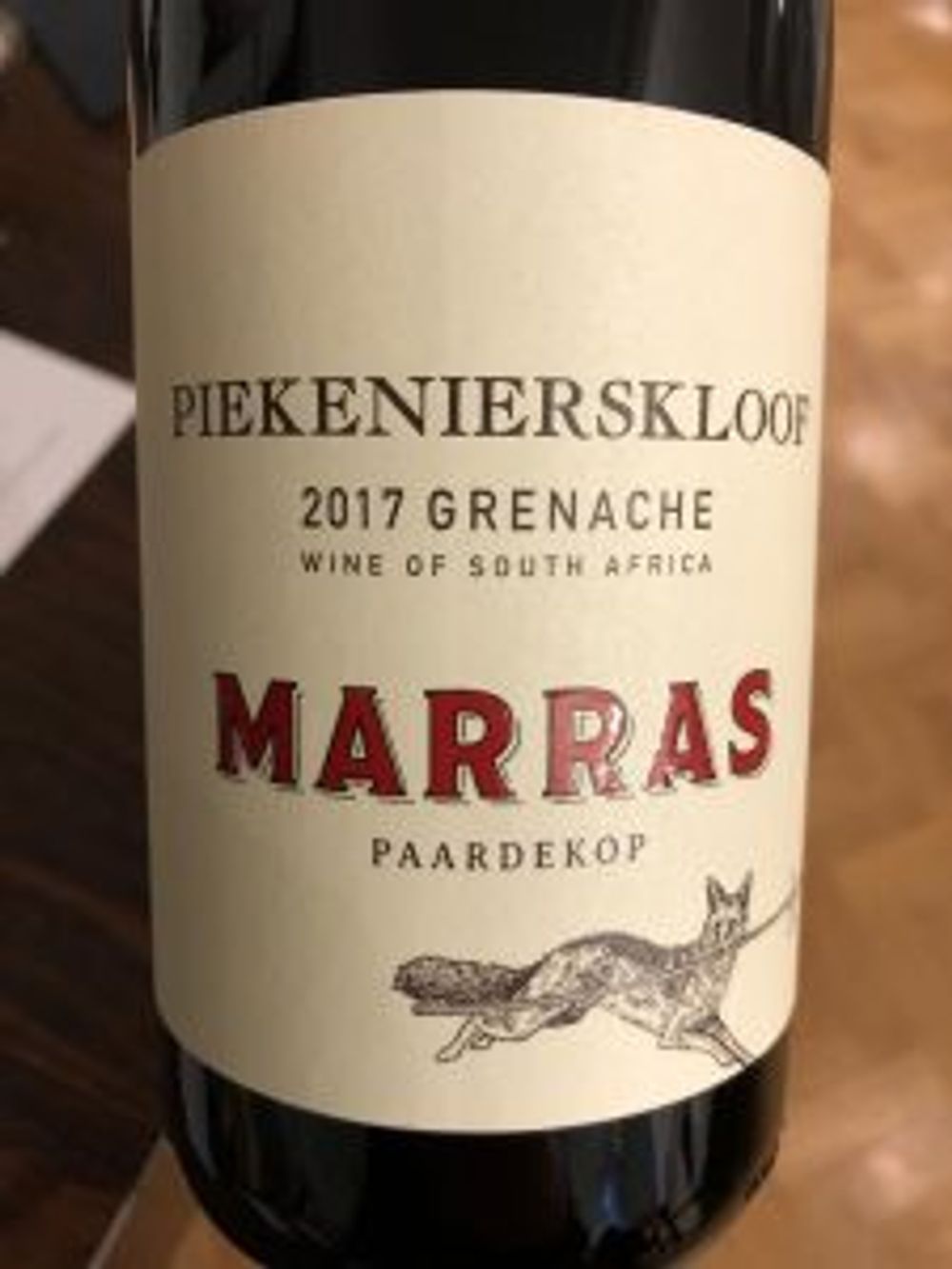
Marras, Piekenierskloof Grenache. 2017
Smells of granite and brambles. Full and lush with immediate fruit (plum, blackcurrant, damson) and incredible concentration. The finish is clean and long. Superb.
Herencia, Altes La Xalamera, 2016
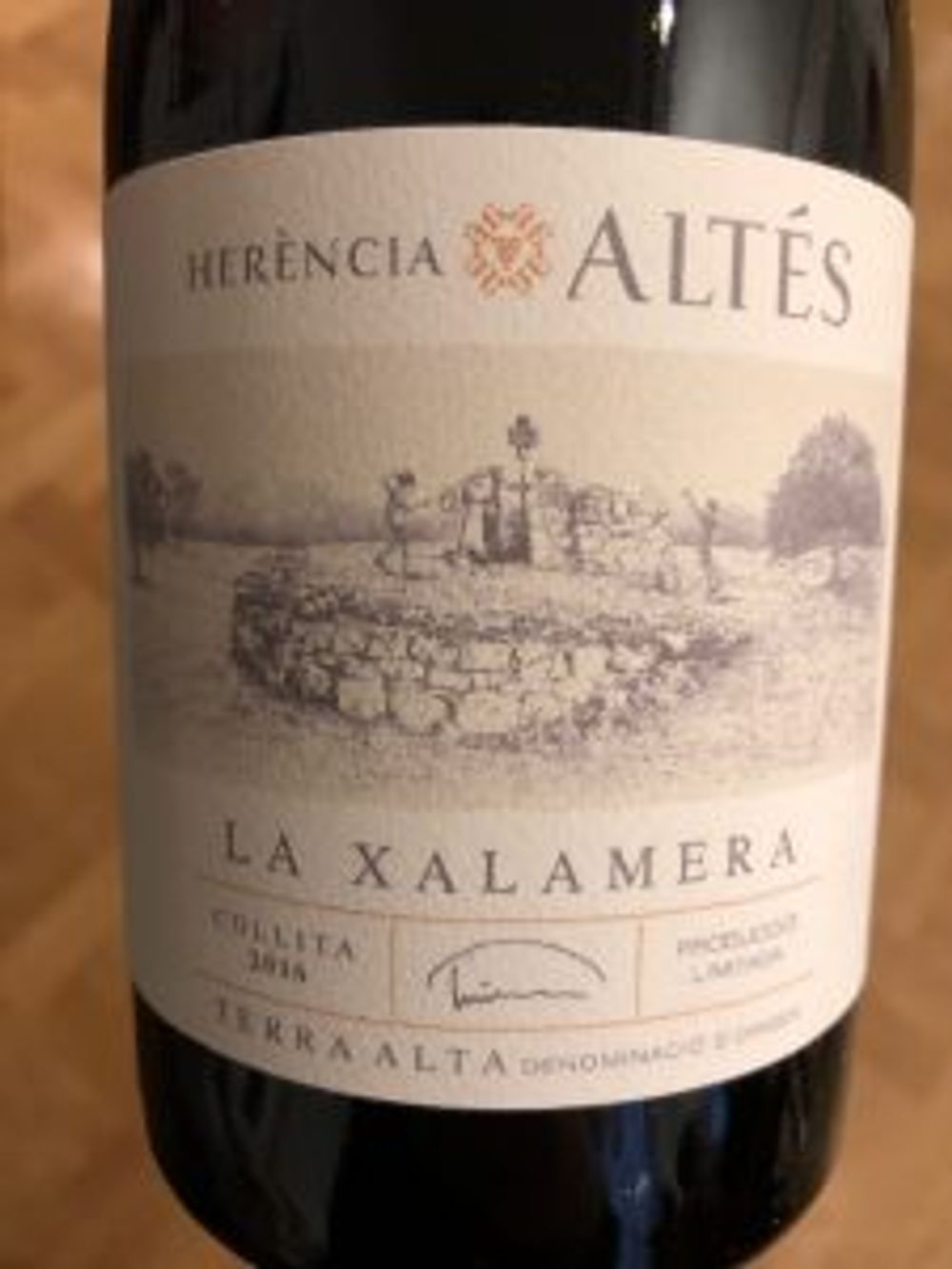
Bright, smooth and plush with plums and ripe red cherries. A crunchy mineral, stony edge adds complexity and a keen acidity ties it all together.
